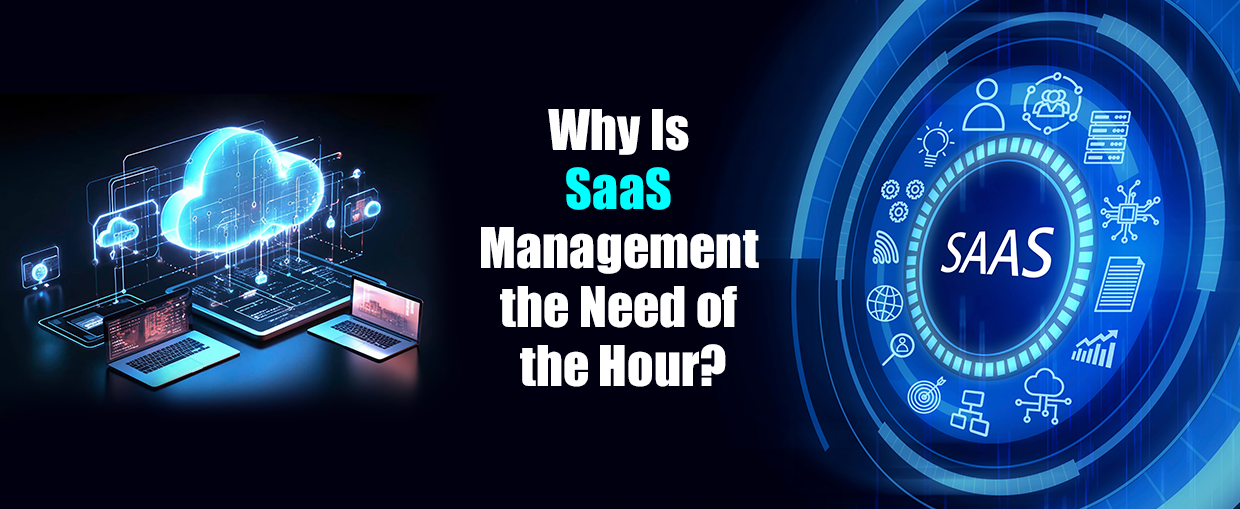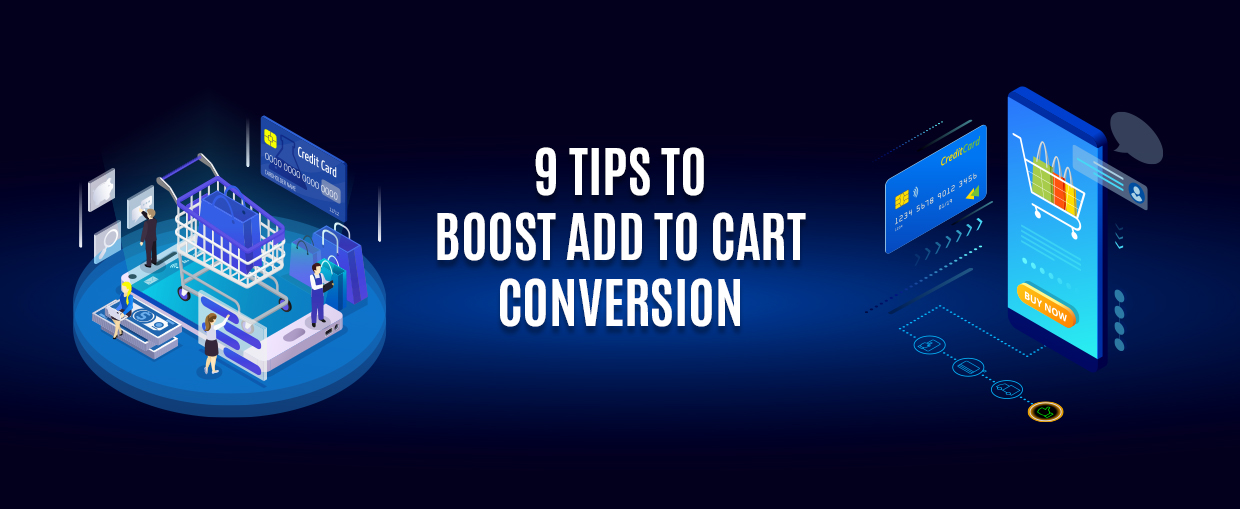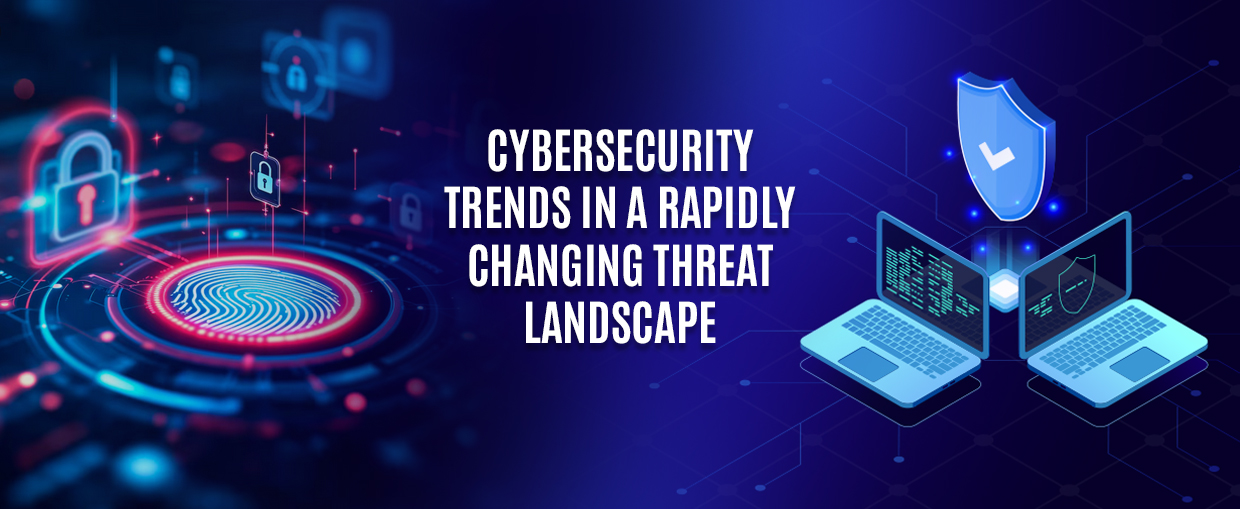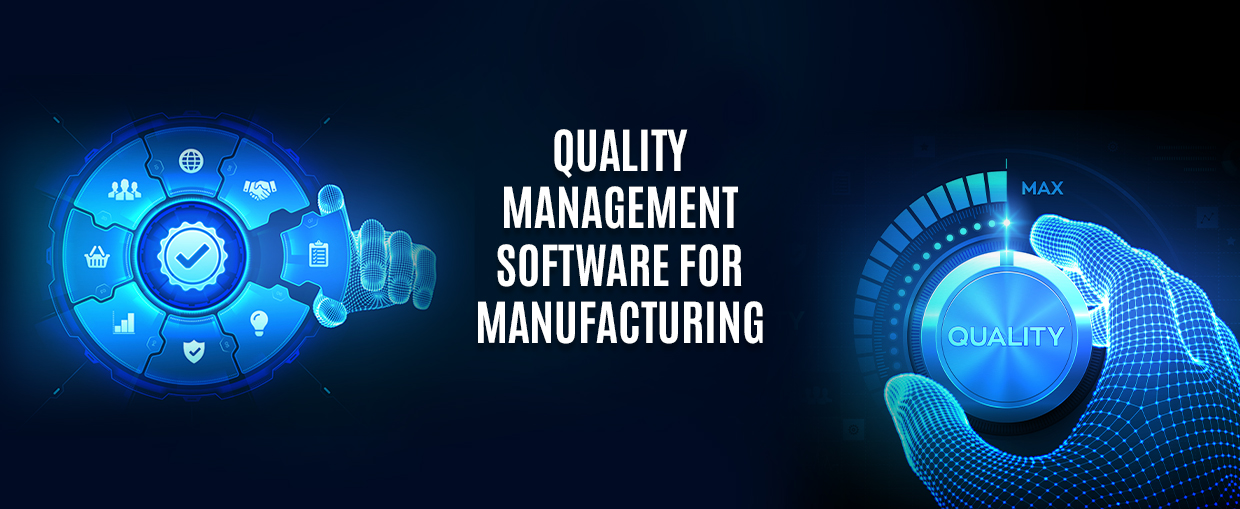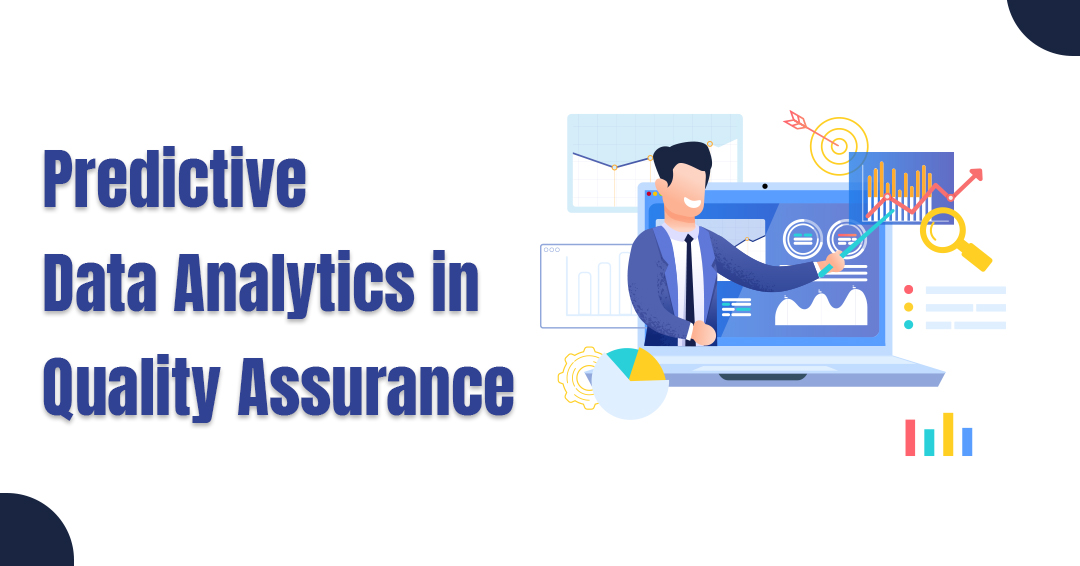SaaS management is a crucial need in this era where SaaS explosion is the norm. SaaS solutions now cater to every niche and company, and as per reports, organizations use an average of 130 apps. This abundance of SaaS applications requires effective management.
This blog is all about the need to manage Software as a Service applications to ensure their optimal use and performance. And the good news is that SaaS management is efficiently achievable in today’s digital landscape.
What Is SaaS Management?
SaaS management refers to the process of overseeing and optimizing the usage, licensing, and performance of SaaS applications within an organization. This includes tasks such as provisioning and de-provisioning user access, monitoring usage and spending, ensuring compliance with licensing agreements, managing integrations between different SaaS tools, and optimizing the overall SaaS ecosystem to maximize efficiency and value for the organization. It includes managing user access, monitoring usage and costs, ensuring compliance, and optimizing performance.
SaaS management might sound like a complex task, but in simple terms, it’s just like overseeing a subscription to your favorite streaming service. As you choose what shows to watch, SaaS management involves selecting and managing various software applications your business uses through a subscription model. It’s about ensuring these applications are accessible, up-to-date, and meeting your business needs efficiently.
SaaS management is crucial for businesses of all sizes. You can get the help of a seasoned software development company to enhance the management and functionality of SaaS applications within your organization. The expertise of these companies in software design and development, and their experience in QA consulting services and app development services can be of great help. Utilizing white label SaaS solutions also offer businesses flexibility, scalability, and cost-effectiveness in delivering software products or services to their customers under their brand. You can hire developers to build and implement SaaS management tools and platforms effectively.
The Goals of SaaS Management
The goals of SaaS management typically include:
- Cost Optimization: Ensuring efficient allocation of resources and minimizing unnecessary spending on SaaS subscriptions and licenses.
- Usage Optimization: Maximizing the utilization of SaaS applications to enhance productivity and return on investment.
- Compliance: Ensuring that the organization remains compliant with licensing agreements, data privacy regulations, and security standards related to SaaS usage.
- Security: Implementing measures to protect sensitive data and prevent unauthorized access to SaaS applications.
- Integration and Interoperability: Facilitating seamless integration between different SaaS tools to improve workflow efficiency and data exchange.
- User Experience: Enhancing the user experience by providing access to the right SaaS applications with appropriate permissions and configurations.
- Vendor Management: Managing relationships with SaaS vendors to negotiate favorable terms, resolve issues, and stay informed about updates and changes to the services.
- Scalability: Ensuring that the organization’s SaaS ecosystem can scale effectively to accommodate growth and changing business needs.
Overall, the primary goal of SaaS management is to optimize the use of SaaS applications to support the organization’s objectives while minimizing risks and costs.
Why Should Businesses Invest in SaaS Management?
The reason is simple: the cost of managing SaaS is significantly lower than the potential implications of leaving it unmanaged.
Explore the top 5 reasons to deploy SaaS management strategies in your company.
- Effective Handling and Prevention of Shadow IT
SaaS management effectively prevents and controls Shadow IT within organizations. This term refers to the unauthorized use of software and applications by employees without IT approval, posing risks to data security and compliance. Through centralized monitoring and management tools, SaaS management solutions enable IT teams to track usage, identify unauthorized applications, and enforce policies to ensure security and regulatory compliance. By promoting transparency and accountability, SaaS management helps organizations mitigate security risks and maintain control over their IT environments.
- Clear Awareness About Your SaaS Footprint
Adopting efficient SaaS management strategies and SaaS management tools helps you gain insight into your organization’s SaaS and cloud service usage across all teams and departments. Through comprehensive tracking and reporting, it enables you to identify which applications are being used, who is using them, and whether they are officially approved by the IT department or fall under Shadow IT. This awareness allows for informed decision-making, such as identifying redundant subscriptions and optimizing software usage to maximize efficiency and cost-effectiveness across the organization.
- Proper Management of SaaS License
The risk of SaaS license mismanagement grows as more business lines and teams are acquiring SaaS tools. Therefore, proper SaaS license management plays a critical role in both software asset management and IT service management (ITSM). It focuses on optimizing applications and subscriptions to align with the strategic goals of an organization. Implementing proper SaaS management strategies results in SaaS license management giving IT teams visibility and control over the multitude of SaaS apps within their networks.
Lack of IT management training often leads to potential challenges in handling licenses effectively. The lack of clear ownership attribution to individual teams or employees can also turn an unused license into a security risk. Unused licenses may trigger automatic renewals, leading to unnecessary costs. Moreover, the underutilization of licenses diminishes the practical value of the SaaS investment. Having a clear SaaS management plan helps you have a successful SaaS license handling.
- Proper Maintenance of Records
Another advantage of SaaS management is its capability to enable your business to uphold a thorough and detailed record of user access to various applications and services, along with their utilization patterns. A SaaS management platform helps you monitor usage patterns and user behavior effectively. This helps you to easily refer to these records for resolution, in case of issues. Having this historical data at your fingertips ensures smoother troubleshooting and better decision-making for your organization’s software management needs.
- Improves Cybersecurity and Compliance
The global average cost of a data breach in the last year was USD 4.45 million, a 15% increase over 3 years. As the utilization of SaaS grows among employees, so does the risk of data breaches and cybersecurity incidents. To shield your business from these threats and effectively manage cybersecurity risks, you require SaaS management software. Utilizing multiple software applications without adequate protection makes your business an appealing target for cybercriminals. Without a SaaS management application, you are vulnerable to cyber-attacks.
Implementing a SaaS Management approach that discovers and identifies all SaaS applications utilized within the business strengthens security through enhanced visibility.
Wrapping Up
Overall, investing in SaaS management enables businesses to maximize the value of their software investments, improve operational efficiency, and drive business growth in today’s digital landscape. If you have any questions about SaaS management platforms, applications, or any other related topics, please don’t hesitate to ask. We’re here to help!

